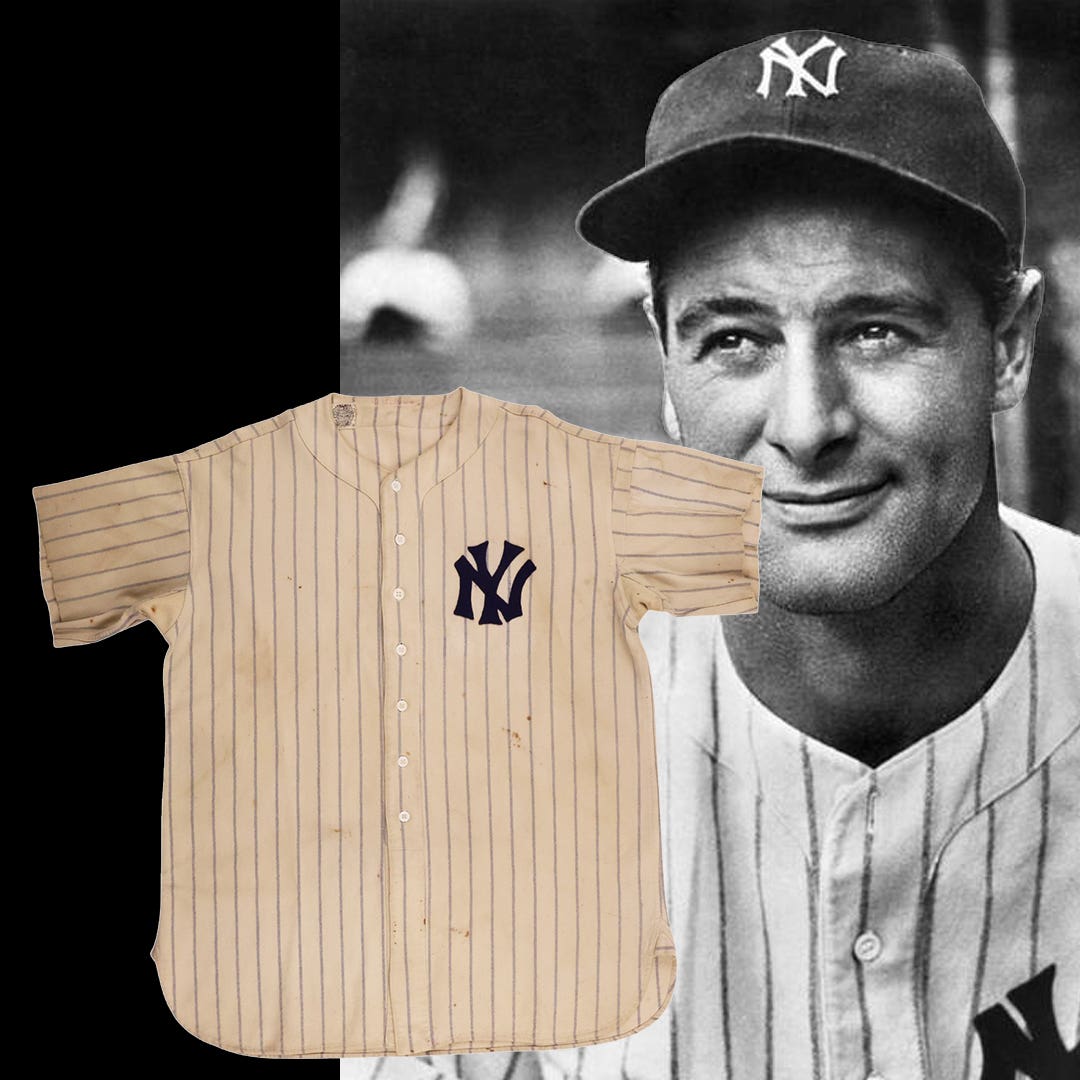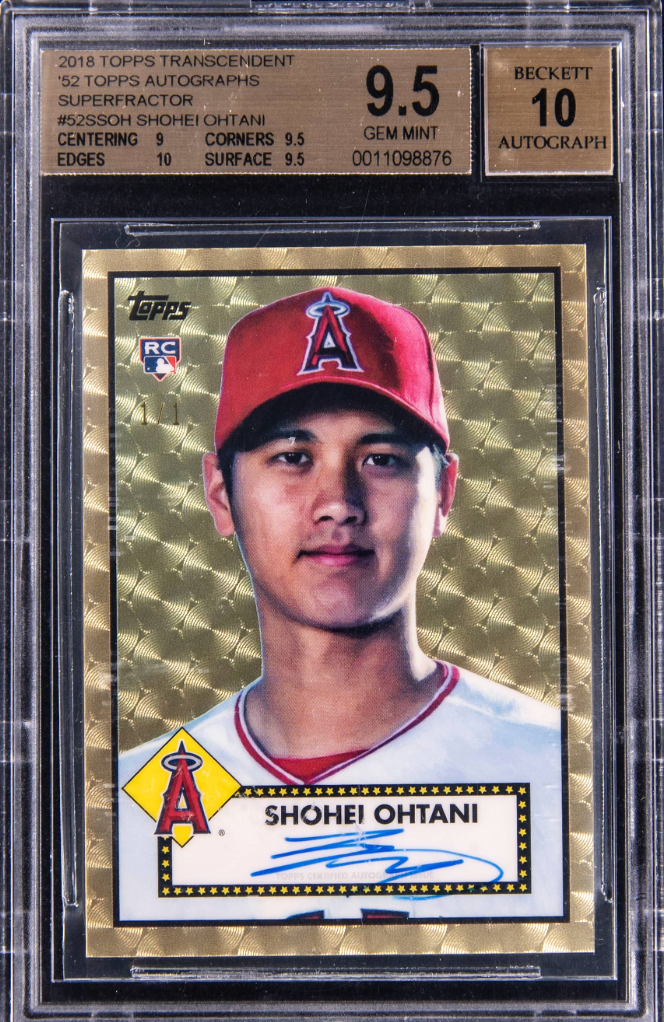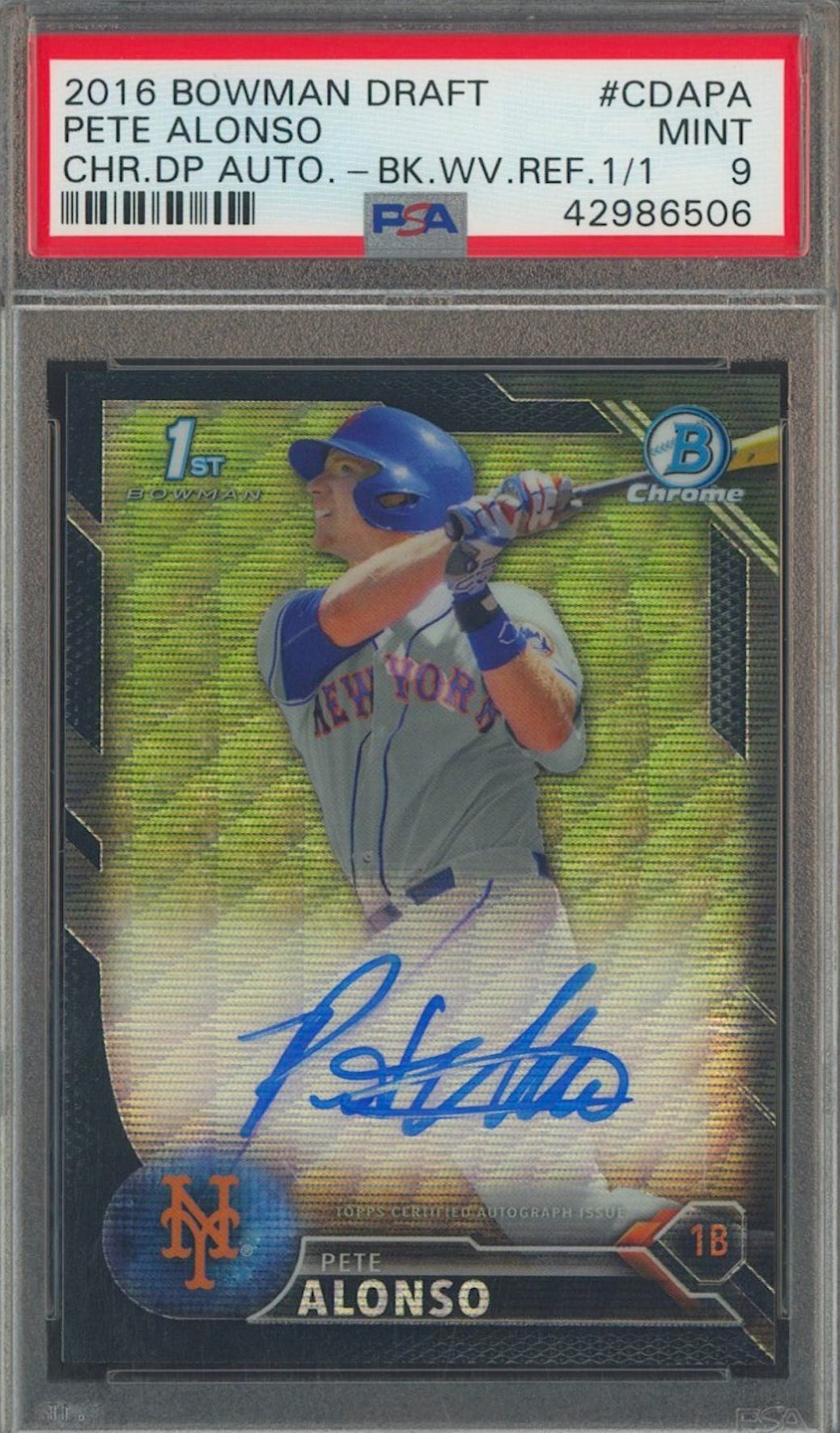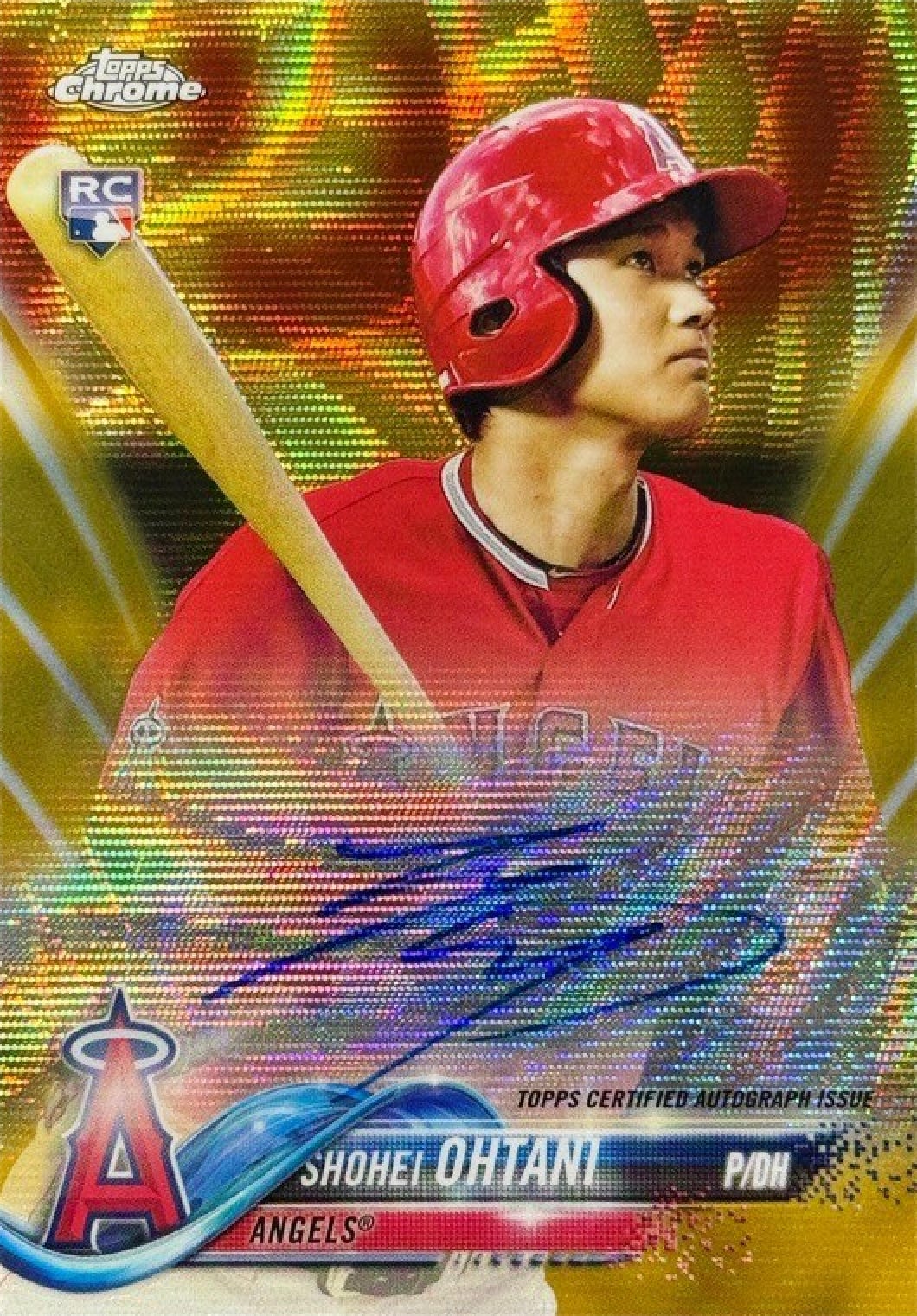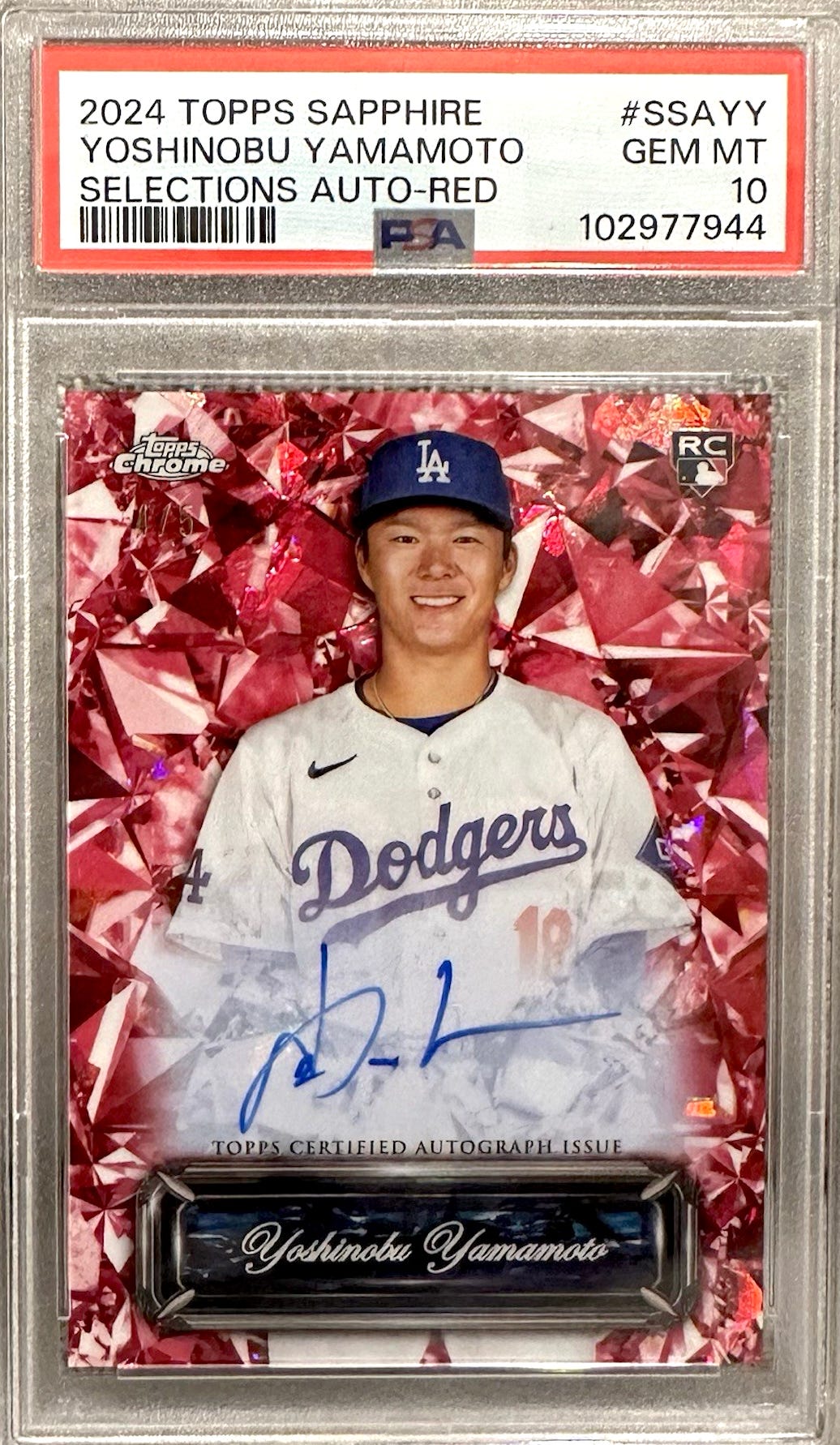Cards
Topps book from 1985 used for fake artifacts
When Topps arranged with Warner Books in 1985 to publish Topps Baseball Cards: A 35-Year History, it was a really neat addition for the hobby. It is a wonderful book of several hundred pages, exact number unknown, because there are no page numbers and no table of contents. Just little pictures of the fronts of all the regular-issue Topps baseball cards from 1951-85.
I know I liked the idea so much that my wife bought it for me as soon as it came out, paying full retail, which I think was about $85, an extraordinary amount at the time. It is a component of this discussion that Warner Books printed enough of the coffee-table tomes so that the book would eventually wind up in the bargain bins, reaching, as I recall, all the way to $20 or so, and probably less than that in some places.
That’s hardly a reflection on the quality of the book, but merely an acknowledgement of the facts of life in the book-publishing biz. But the fact that it wound up at bargain prices was, no doubt, one of the major reasons that the various miscreants would soon descend upon the scene and begin performing their mischief.
I mention all this because the other day I got an e-mail from a subscriber in New Mexico who had recently obtained five plastic rings that were “made for a child’s finger, that have on them very small representations of 1955 Topps cards, in this case: Dick Groat, Wally Moon, Al Rosen, Ed Lopat and Babe Herman (see photo at right).”
He said he had been unable to locate a reference source to learn anything about the items or an estimated value. He also noted that the rings came in their own plastic bubble cases, according to him suggesting they were available through some kind of vending machine.
Once I got a look at the five “cards” that he attached to the e-mail, it took a fraction of a second to note that they came from the aforementioned Topps book. Like so many reprints, there’s a discernible cast that just jumps out at you. I had to inform the guy of the bad news, something I’ve had to do from time to time in connection with these “cards” clipped out of the book.
The other one I remember was quite a few years ago, maybe even as far back as the late 1990s. A collector sent the actual cards in, which made it even easier to figure out what had happened. The book had been chopped up, and in this instance it was the 1960 Topps section, with the images pasted on to gray cardboard backs. The collector told me that the cards had turned up in an estate sale, which would have helped lend an air of authenticity to them, except for the minor sticking point that they weren’t authentic.
Honestly, I think it would be kinda cool to see a whole set of, let’s say, 1959 Topps in this mini fashion, but that also then places the onus on whoever created them to ensure that they don’t wind up in the hands of somebody who would try to pass them off as vintage originals.
The bad news is that if you wanted to make a whole mini 1959 set, you’d have to cut up two books, since the pages feature cards back-to-back.
* * * * *
It’s been pretty gloomy around these parts, what with that icky NFC Championship Game on Jan. 20 coming in the middle of a cold snap that makes me long for some global warming, or at least local warming.
Once the disappointment of the Packers’ defeat started to ebb a little bit, I started thinking about finding someone or something to blame for the whole debacle, and fairly quickly came up with Sports Illustrated magazine.
The infamous “Sports Illustrated Jinx” struck again, and this time it was a double whammy, since the Big Guy, Brett Favre, wound up gracing their cover twice in the range of about two months. The first one was for the “Sportsman of the Year” designation; the second was that neat image of his pitching in the snow against Seattle.
I’m not bitter, but if appearing on the cover is enough to send somebody to the showers, what happens when it’s twice in such a short span?
And just for the record, I fully understand that attaching a significance to something like that is yet another example of “selective perception” that human beings employ as a means of trying to make sense of a confusing and often forbidding universe. Essentially, we remember those things that support our underlying hypothesis – in this case a Sports Illustrated “jinx” – and simply ignore all of the other instances when they don’t.
T.S. O’Connell is the editor of Sports Collectors Digest. Reach him by e-mail at: thomas.o’connell@fwpubs.com; or (715) 445-2214, ext. 243.



